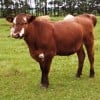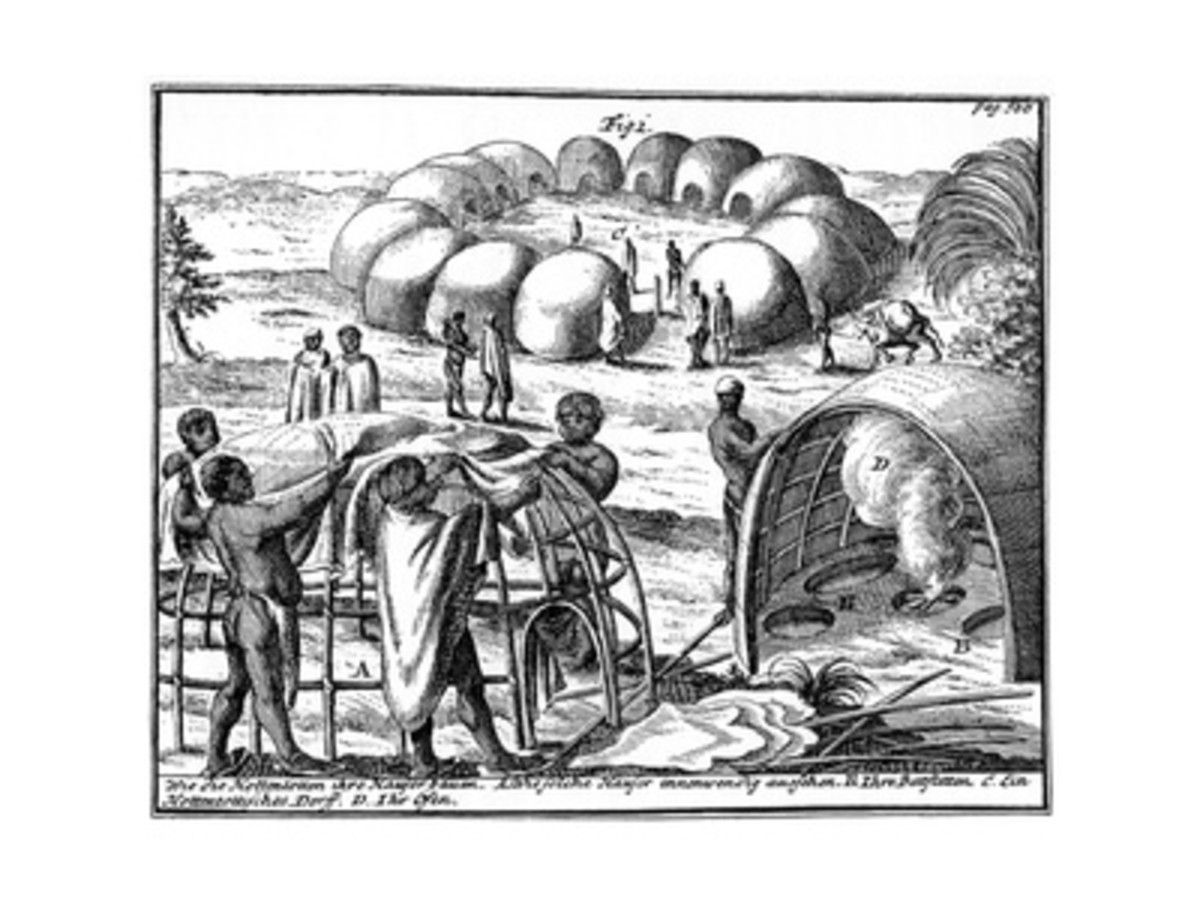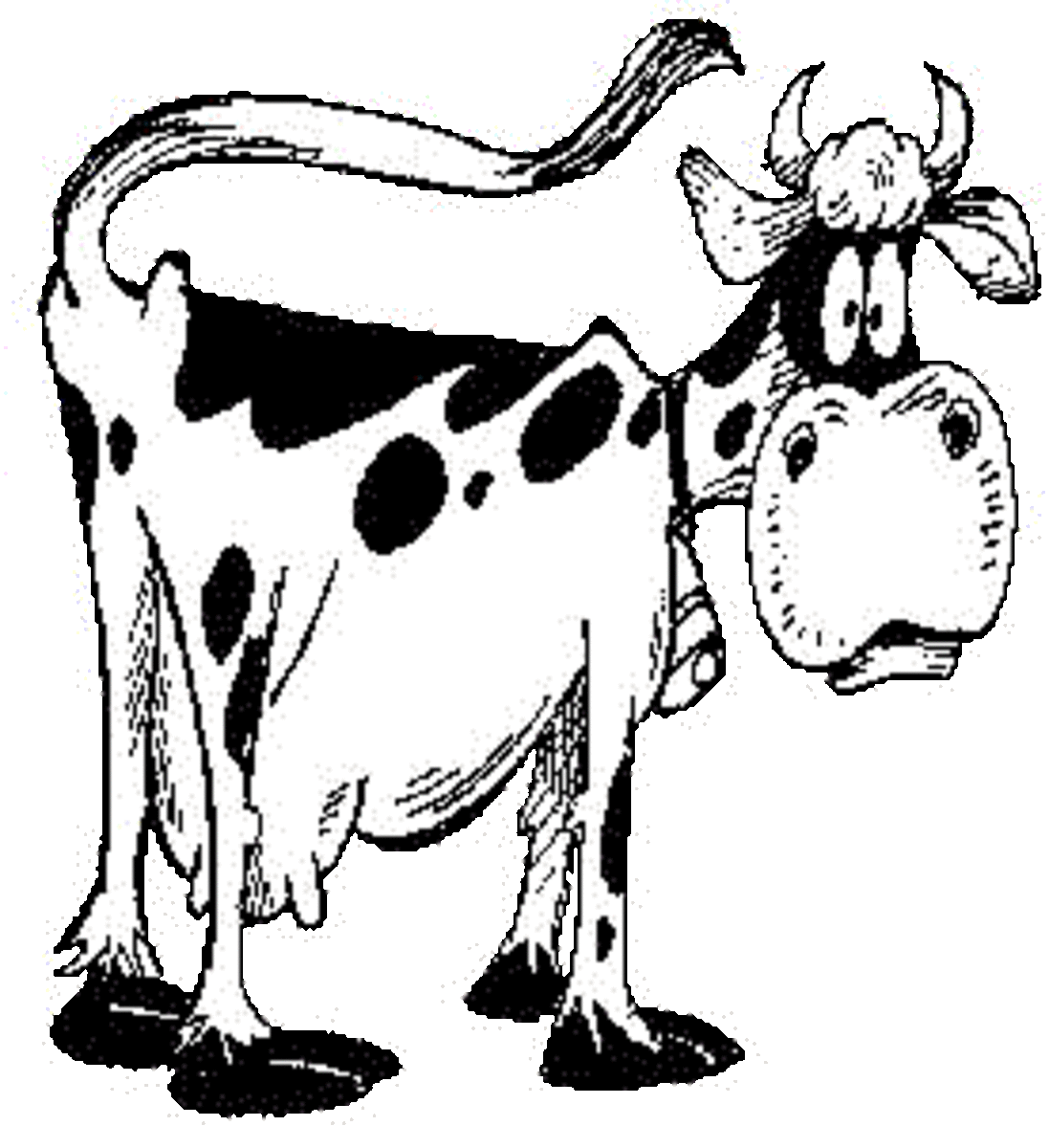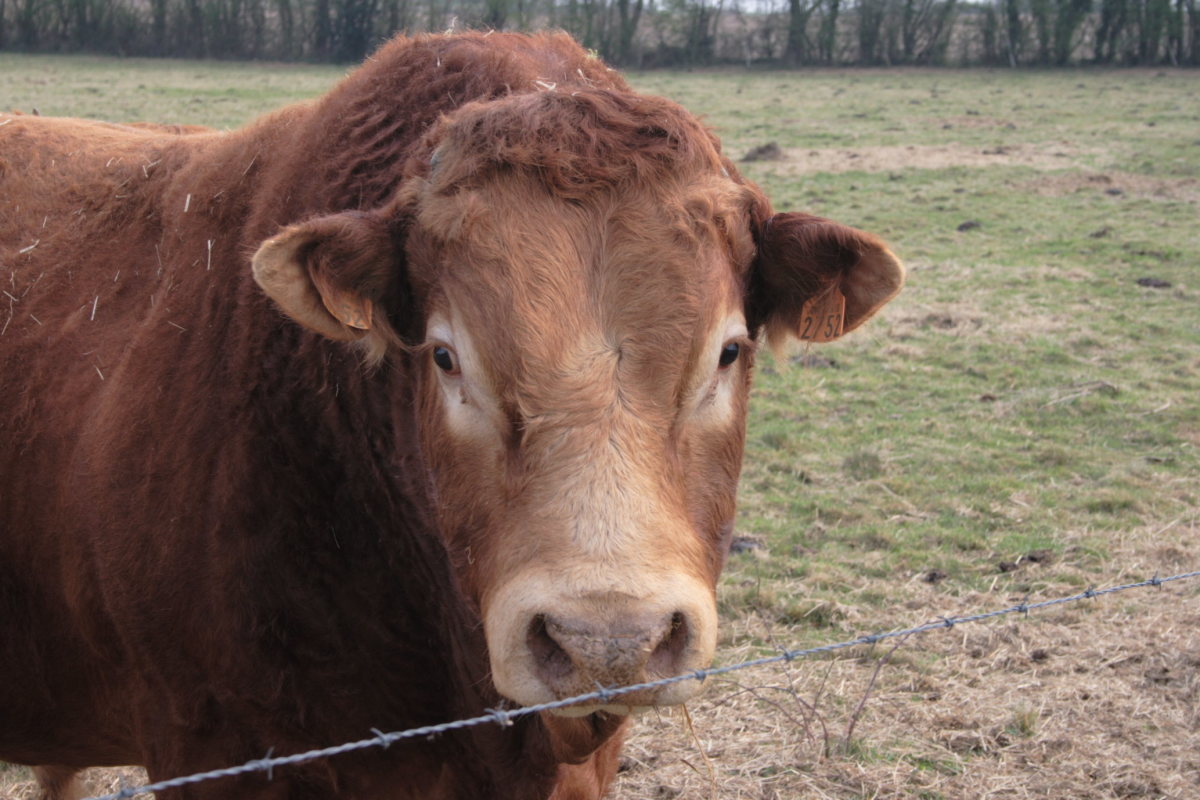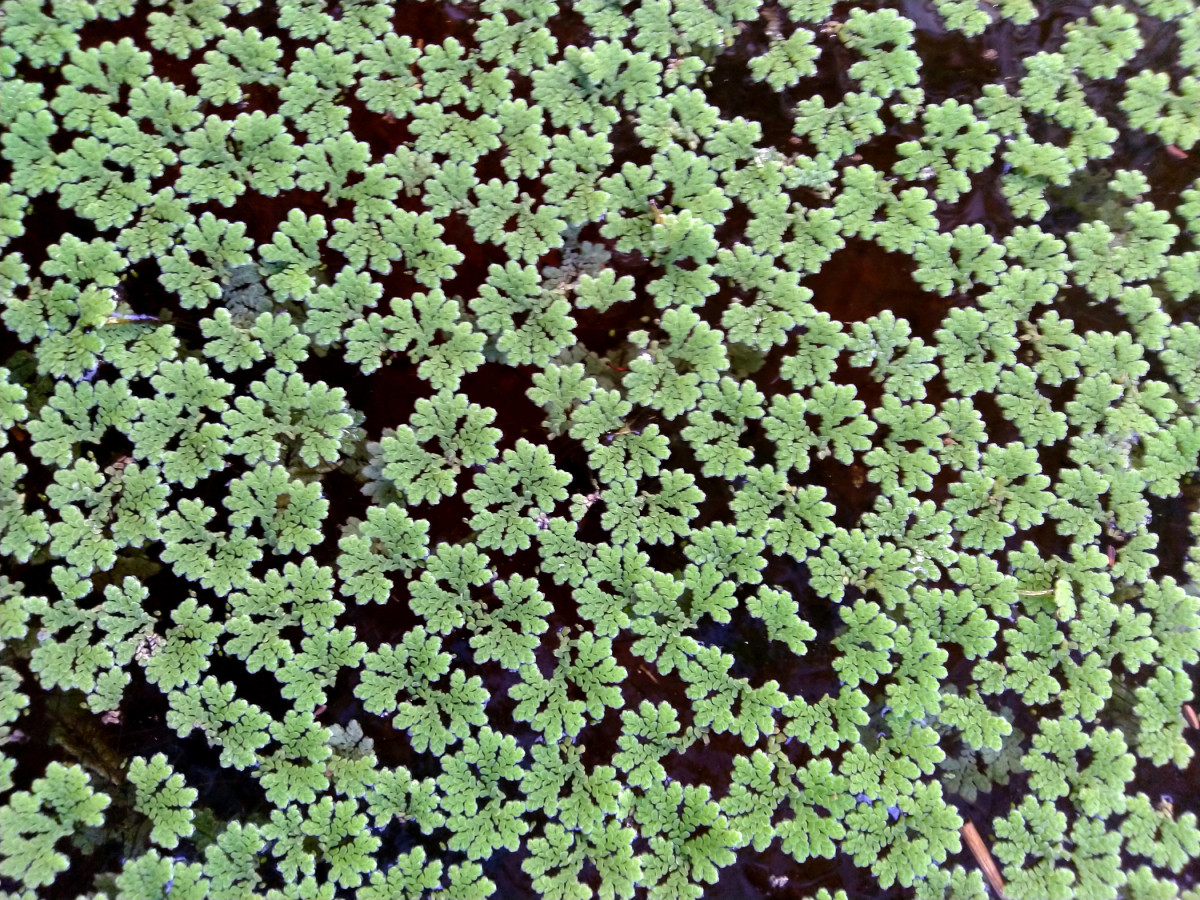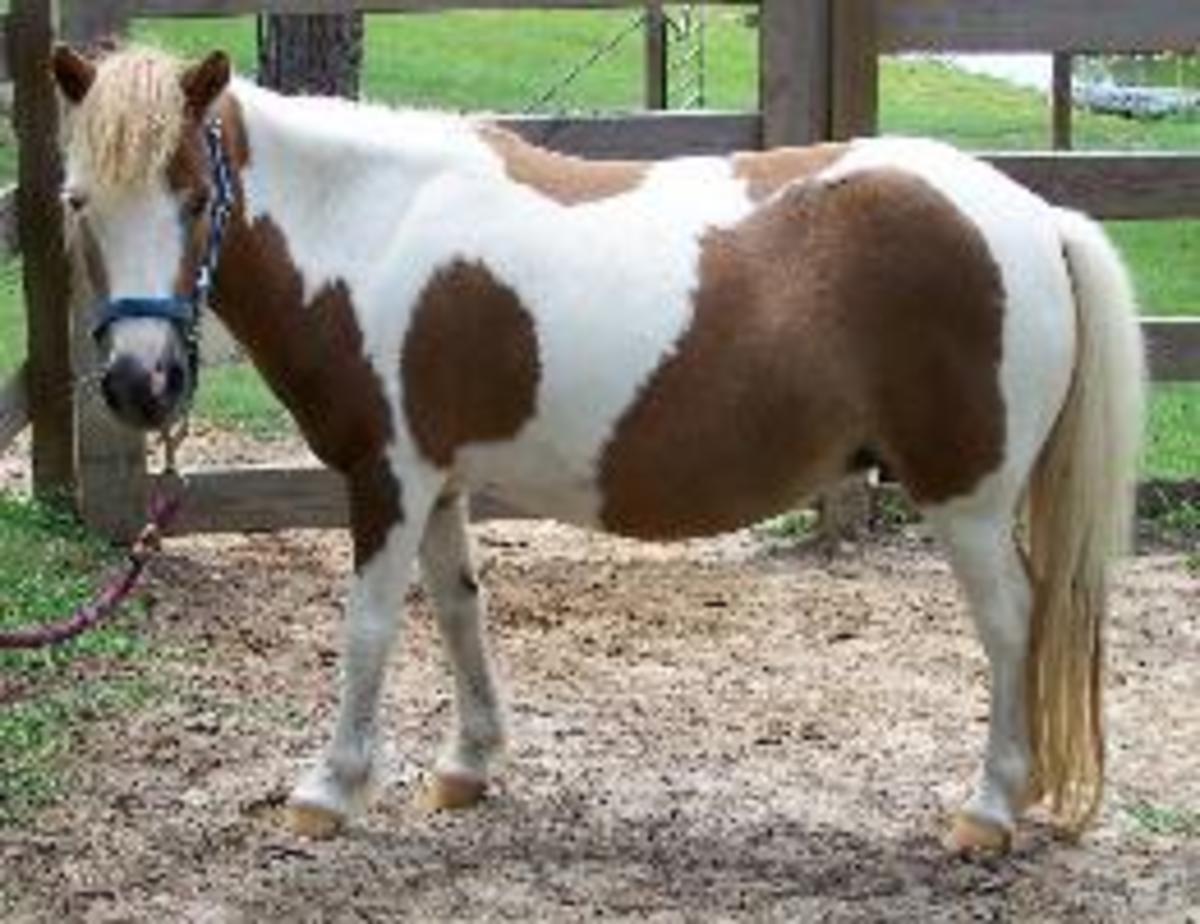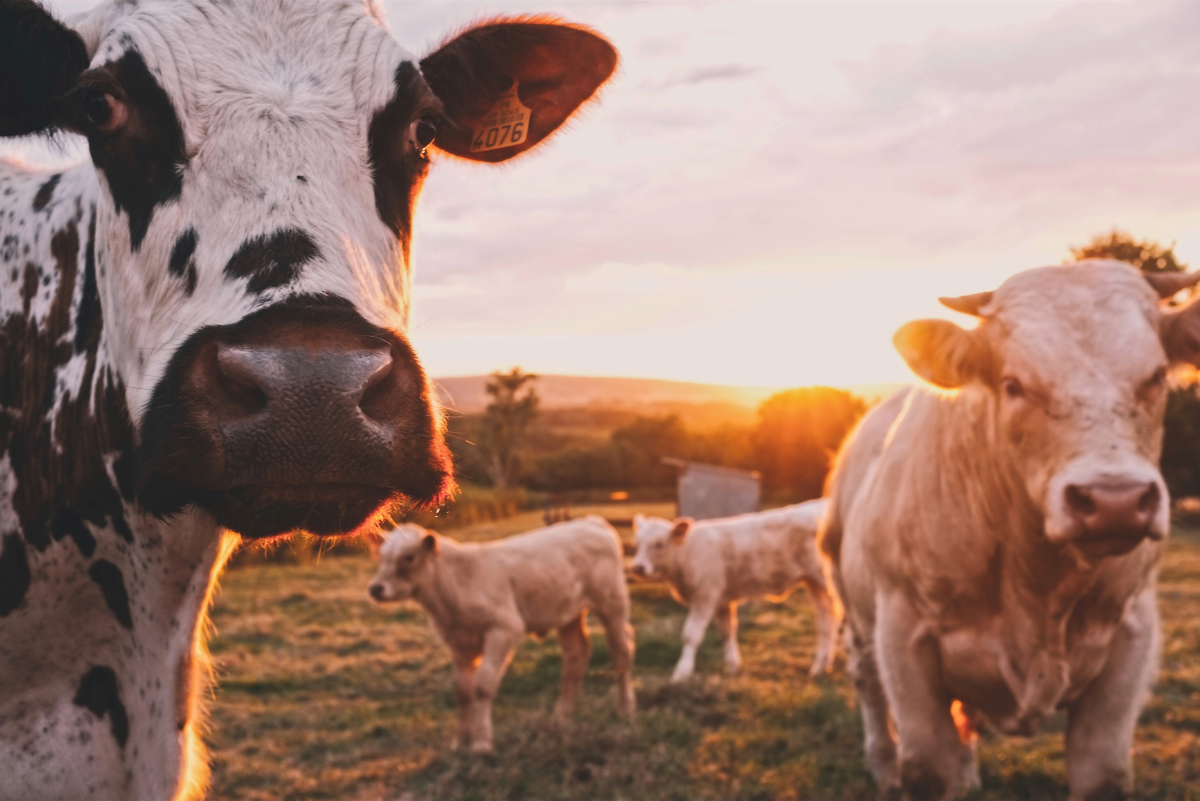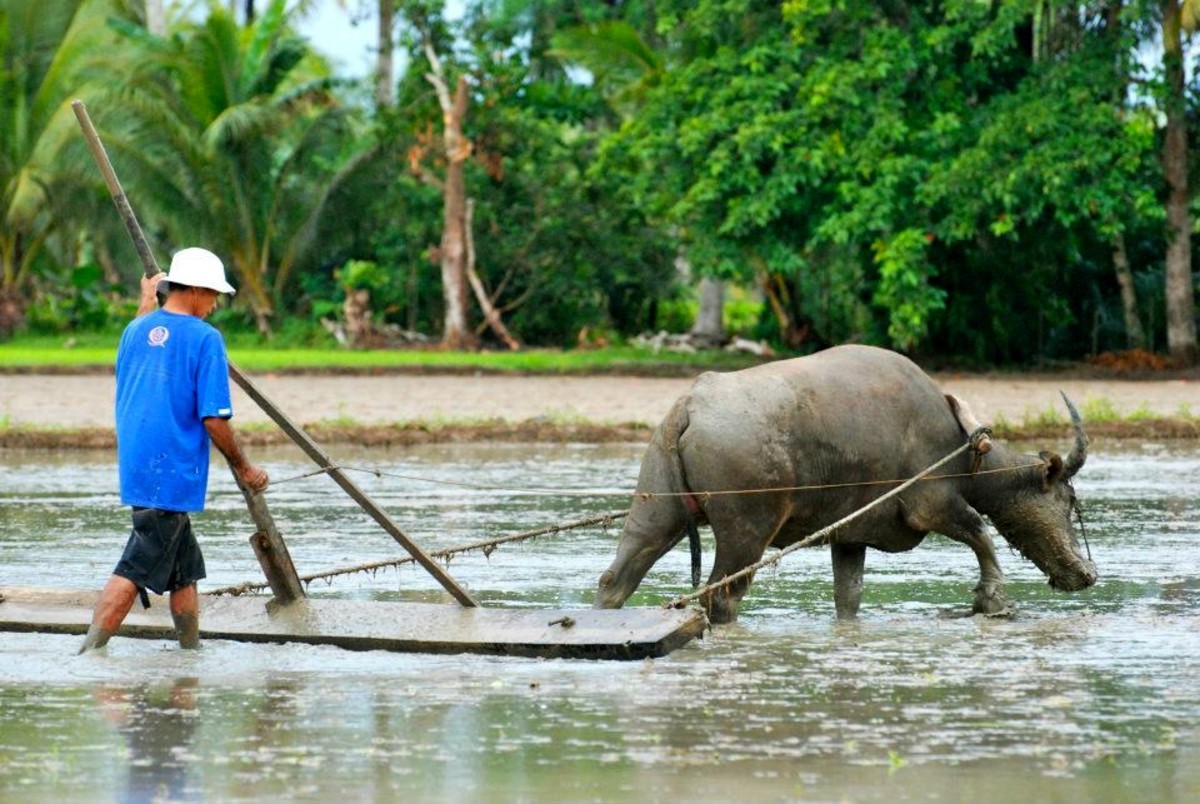What's Right With Grass-fed Beef
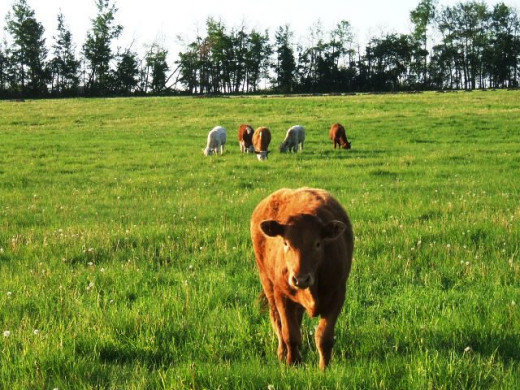
A particular article from About.com inspired me to write this hub all in the efforts to defend grass-fed beef from even the most stoic and "knowledgeable" animal rights expert and vegan. The article that was written on About.com was by an Animal Rights expert and trashed, ridiculed, belittled, libeled, destroyed and abused the very thing called "grass-fed" cattle. I was quite angered and annoyed at the attempts to do such a thing to this practice of getting cattle out of the dirty, dusty feedlot and onto pasture, a practice that is as natural as Natural can get. They just had to bring up some outdated, half-truths about raising cattle on grass and call it "environmentally destructive."
That article that I'm going to rip to shreds in this hub is called "What's Wrong With Grass-fed Beef" I have to say first of all, that there is nothing wrong with grass-fed beef if cattle are raised right, managed properly and grazed right so that the grass and environment thrives and improves, respectively, regardless if cattle are grazed on "marginal" grasslands or excellent pasture. This bullshit about raising cattle on grass being "harmful" or "environmentally destructive" is just that. It's like saying that reading is bad for your mental health. Which it clearly is not.
And It Begins...
Interestingly, after the title "What's Wrong with Grass-fed Beef?" comes the subtitle "What is the alternative to feedlot beef?" With a subtitle like that it makes you wonder why the author had written such a thing and what it's got to do with the whole article. From the average person's point of view, without reading the article first, the answer to the first question would be, "nothing," and the to the second would be, "Grass-fed beef, obviously." Now I think this is where the rubber hits the road. If an animal rights person/vegan looked at the questions, the answers to these questions would be the exact opposite: "Everything," and "To go vegan, obviously." Typical.
"Grass-fed beef may seem better because we are not wasting farmland to grow corn for the cattle to eat, but raising grass-fed cattle is not environmentally sustainable."
And the games shall begin! The simple fact expressed here really is not the only reason that grass-fed beef may "seem better." Corn isn't everything, there's a lot more to "grains" than just corn. There's barley, wheat, flax, oats, rye, triticale, etc., that are used to feed livestock. "Wasting farmland" is over-doing it, since farmland is never wasted if it's being used for whatever purpose the producer is using it for, whether it's growing feed for livestock, food for humans, hay for livestock or pasture for livestock.
Land Use
"Proponents of grass-fed beef argue that raising cows in pastures is more sustainable than raising cows in feedlots, but a cow in a pasture requires more land on which to live and does not grow as quickly as a grain-fed cow in a feedlot."
True, very true. But this is only limited to continuous grazing, not mob-grazing or managed intensive grazing. However, the part about not growing as quickly is true also. A beef steer is typically slaughtered at around 26 to 30 months of age on pasture, versus 18 to 24 in the feedlot.
"The only way we can have cows grazing on vast pastures is if the majority of Americans do not eat grass-fed beef. If the practice cannot be scaled up and applied to hundreds of millions of people, it is not a sustainable solution to feedlot beef."
The assumption that cattle must be fed on "vast pastures" is where I like to start refuting the facts displayed in this article. Putting cows out to pasture is not just about throwing them out and leaving them be. That's the biggest mistake that the author of this article made and is the reason why she believes that grass-fed beef is so "environmentally destructive." I don't believe that the first sentence to this quote is true. The only way we can have cows grazing on pastures (NOT "vast", just pastures, whether it's managed-intensive or continuous grazing), is if we reduce our beef intake.
That sentence is really counter-intuitive, and makes no sense. If those millions of cattle that are finished in the feedlot are set to graze on pasture, then that means less grains would have to be grown for "all Americans" and more pasture for these cattle, not "if the majority of Americans do not eat grass-fed beef;" that is simply irrational logic that has no merit whatsoever. If the majority of Americans (don't forget about Canadians either, not to mention many other nationalities across the globe) don't eat grass-fed beef, then what are they going to eat? Vegetables? Cow crap? Fields that would otherwise be used for growing crops would be converted to pasture, reducing/eliminating the need to feed them grains (maybe not so for dairy cows, hogs and poultry), but possibly reducing the grain supply that humans would need to eat. In order to keep the supply of grass-fed beef we would be need to eating more of it, not less or not at all. If we ate none at all, all those cattle would be doing nothing but eating more grass, "wasting" more farmland that could be used to grow grains to feed humans and other livestock. No, that's not right and that's what shouldn't be. More grass-fed beef needs to be consumed, but less of it than what we're consuming now.
"The U.S. alone has 94.5 million cattle. One farmer estimates that it takes 2.5 to 35 acres of pasture, depending on the quality of the pasture, to raise a grass-fed cow. Using the more conservative figure of 2.5 acres of pasture, this means we need approximately 250 million acres to create grazing pastures for every cow in the U.S. That's over 390,000 square miles, which is more than 10% of all the land in the U.S."
'Round the bend we go. This author has obviously never heard of nor comprehended mob-grazing, managed-intensive grazing, or anything of that sort. If she did, she wouldn't be saying something like this; her stats certainly would be different. These statistics pretty much say that if all the cropland that is used for growing grains for both humans and livestock would be converted into pasture, it would sustain all these cattle...but for what period of time? And surely the 94.5 million figure is not of cattle raised in the feedlot alone, is it? My guess is no. That 94.5 million is a figure that includes cows and bulls that are raised on ranches and farms on pasture already, dairy cattle, and those animals raised in the feedlot for 4 to 6 months prior to slaughter. Ironically this is also a 2009 figure, not a 2012 one. So the numbers would definitely change if we exclude cattle that are already raised on pasture all their lives like most beef cows are (and I'm not using the term "cow" colloquially here either), and dairy cows, and make it a 2011/2012 figure, not a 2009 one.
The numbers would also be skewed considerably if we did not use the "conservative" figure of 2.5 acres/head stocking rate all over North America. Not everywhere in America allows 2.5 acres of grazing per head. Many areas allow for far less than that, especially if mob grazing is put into practice. Nor are all cattle the same weight; the bigger the animal, the more area needs to be allotted for that animal to graze. The opposite is true for smaller animals.
And yet the question remains: What amount of time do these figures refer to? Is it on a per month basis or per year? Clearly there is not enough information in that paragraph to make it very accountable nor truthful.
"While we might romantically imagine cattle being set out to graze previously unused grasslands, the fact is that the Amazon rainforest is being deforested to create grazing pastures for free-range, grass-fed organic beef."
He he he, I love it when Animal Rights people bring up this. It's so typical and so predictable of them to mention this when it comes to grazing cattle. This really has nothing to do with America nor grazing in North America in general. So why bring it up? Because it's the only thing that vegans have as "ammo" to refute to us graziers that "grazing cattle is harmful to the environment." It's ironic that they cannot look at the forests in the States or Canada and try to say the same thing. The Amazon isn't everything, just like corn isn't everything. There are a lot more rainforests around the world than just the Amazon; they just got less publicity than the Amazon did!
The fact is much of the forests in the US and Canada can't be managed without some level of grazing from cattle or other livestock. Invasive species are bound to make their place in natural forests if cattle aren't allowed in to prevent this from happening. Invasive plant species can displace more wildlife than one who foolishly agrees with this whole article is able to consider. Not only that, but the litter, deadfall and dead plant matter that build up over time is more liable to go up in a massive wildfire than if the area was kept clear--relatively speaking--by grazing animals. The forests of the USA and Canada see more wildfires more frequently than the Amazon's rainforests do, and this is even without deliberate arson attempts or accidents by humans.
Ironically most of the beef produced in Brazil gets shipped to Europe, not USA or Canada, although many like to think otherwise. So the primary thing that we have to do with the Amazonian rainforests is the media. That's about it.
"Allowing animals to scatter over a wide area also increases the amount of resources required to manage the herd. Rounding up the animals, transporting the animals and protecting the animals from predators require more resources than managing cows in a feedlot."
From my point of view, the person who wrote that makes it pretty obvious to me that she doesn't know a whole heck of a lot about raising cattle. There's no need to have cattle "scatter over a wide area," there's a thing called fences that prevents them from doing that, and also helps manage grazing and the grass of the farm/ranch these animals live on. Fences can range from temporary electric to permanent barbed wire. Temporary electric is excellent for managing cattle in an intensive grazing program, if the area allows it, and barbed wire for dividing up a large area of the ranch into many pastures where cattle are set to graze a certain pasture for a period of time before being moved on to the next.
I have to disagree with the statement that grazing animals "increases the amount of resources required to manage the herd." Grazing cattle actually reduces the resources needed to keep them on pasture, the number of people you need to hire to manage them, the amount of machinery, fuel and feed needed to keep them, as well as significant reduced costs in fertilizer. All you need to plant is fence posts, string up wire and you're good to go. No you don't need to "round up the animals" all the time; when they're trained to switch to pasture, they really don't need to be rounded up at all. And if they do, it's with not much effort, if you know what you're doing. Cattle in the feedlot would need to be rounded up and moved to a new pen or herded into a cattle liner to be taken to the slaughter plant. Transporting? Give me a break. Cattle in the feedlot need to be transported too, like I mentioned before. Cows only need to be transported if the producer has land situated elsewhere that is too far to drive cattle to via horse or quad.
Protecting animals from predators? Cattle are not stupid nor are they sheep that are literally born to die and cannot defend themselves from a roving coyote, bear or cougar. Beef cows are often great mothers enough to not need constant protection from predators like is needed with a sheep or goat herd. I read an article the February 2012 edition of the Canadian Cattlemen Magazine where a group of Simmental-cross cows went after and nearly trampled/rushed a black bear to death after it went after one of the cows' calves. Some thought it was staged for "people's own entertainment" but this obviously was not the case. Many beef cows don't even see a human for most of the year, except during weaning and annual vaccinations, so they're on their own as far as protecting themselves and their calves is concerned. Even beef cows on farms that see people more often than those rangy range cows are going to be ones that predators (including feral/neighbor's dogs) should never take lightly if they want a taste of beef-on-the-hoof, like with those Simmis.
It actually takes more resources to manage cows in a feedlot than it does out on pasture. You need more machinery, fuel, labour, feed, fertilizer, buildings and what-not to manage a feedlot than you need to manage cattle on pasture. One person can manage 250 head of cattle on pasture, whereas that one person will need two or more extra people to manage 250 cattle in a feedlot.
"Also, allowing the cattle into more wild areas means that more predators - coyotes, bears, wolves and cougars - will be killed in an effort to protect ranching interests."
Not exactly. As I mentioned above, if you have some good momma cows that know how to protect their calves and be good mothers themselves, there is almost no need to do this. Coyotes thrive under intensive hunting pressure anyway, so it's a waste of time for animal rights groups to be worrying about the "extermination" or "extinction" of the coyote. Wolves generally won't go near a cow herd unless they're really hungry, and a bear or cougar would learn a hard lesson of trying from attack a cow's calf that angry beef cows, horns or not, are never to be messed with. Some producers put in a longhorn cow or a donkey in the herd as livestock guardians, and often this is enough to thwart potential attacks from predators, and also minimizes the need for the producer to go out bear, lion, wolf or coyote hunting.
Besides, ranchers have a helluva lot better understanding of the land, of nature and the wildlife which live where they live and work in than an animal rights about.com guide can ever fathom. No, ranchers are not what they used to be 100 or 200 years ago where they had to be out protecting their herd and killing any predator that may come into their sights. They're a lot more responsible now and have a better respect and understanding for the land than they had in the past. This should never go unnoticed, not by anyone.
To Be Continued...
There is still much more to be covered that may make this hub much longer than I wish it to be. Subsequent parts to this hub will cover use of marginal lands, the greenhouse gas issue, public lands and the myth about the displacement of wildlife, the argument that grass-fed is more than being "still crop-fed", and the closing section that answers the whys of "What's the alternative to feedlot beef?" So stay tuned...
